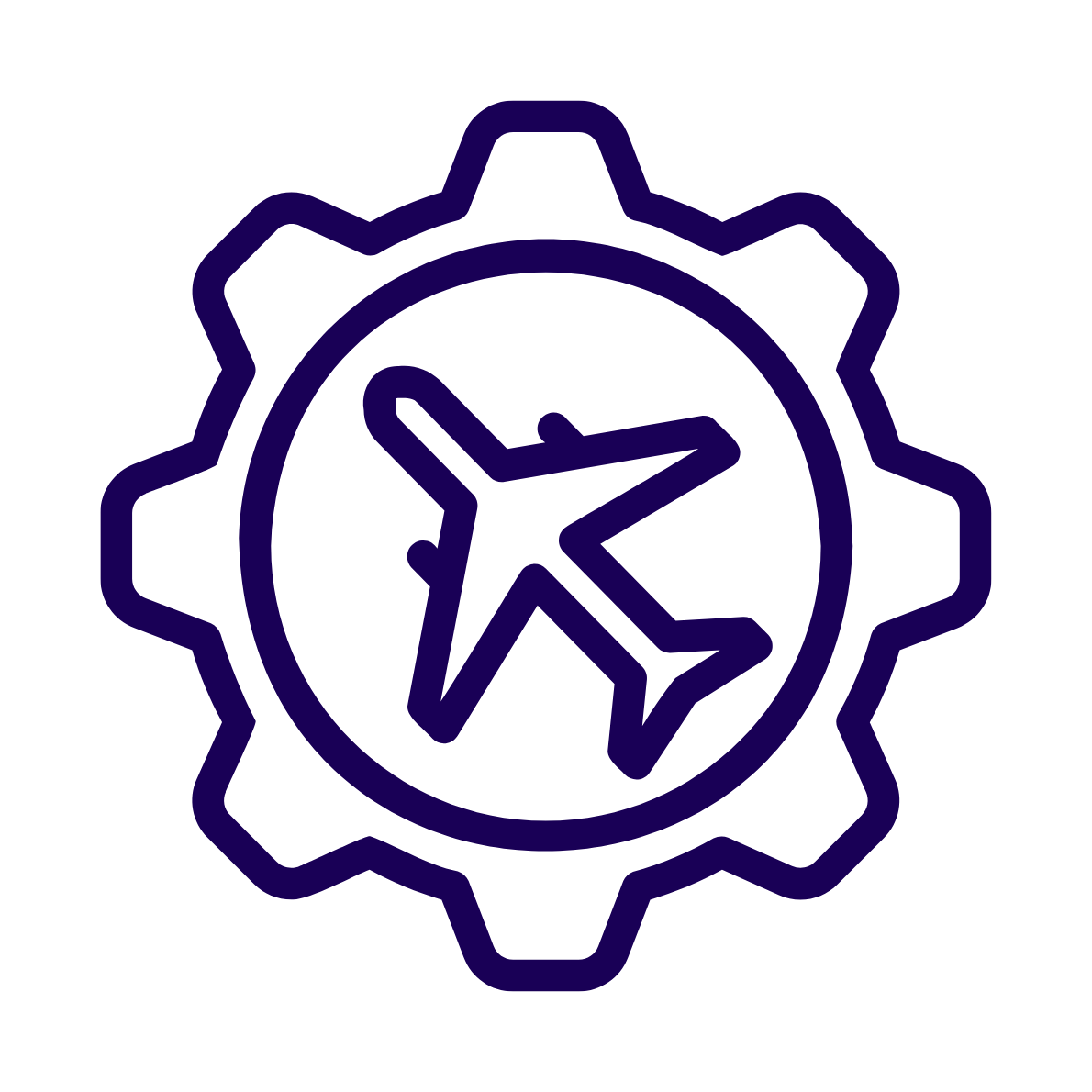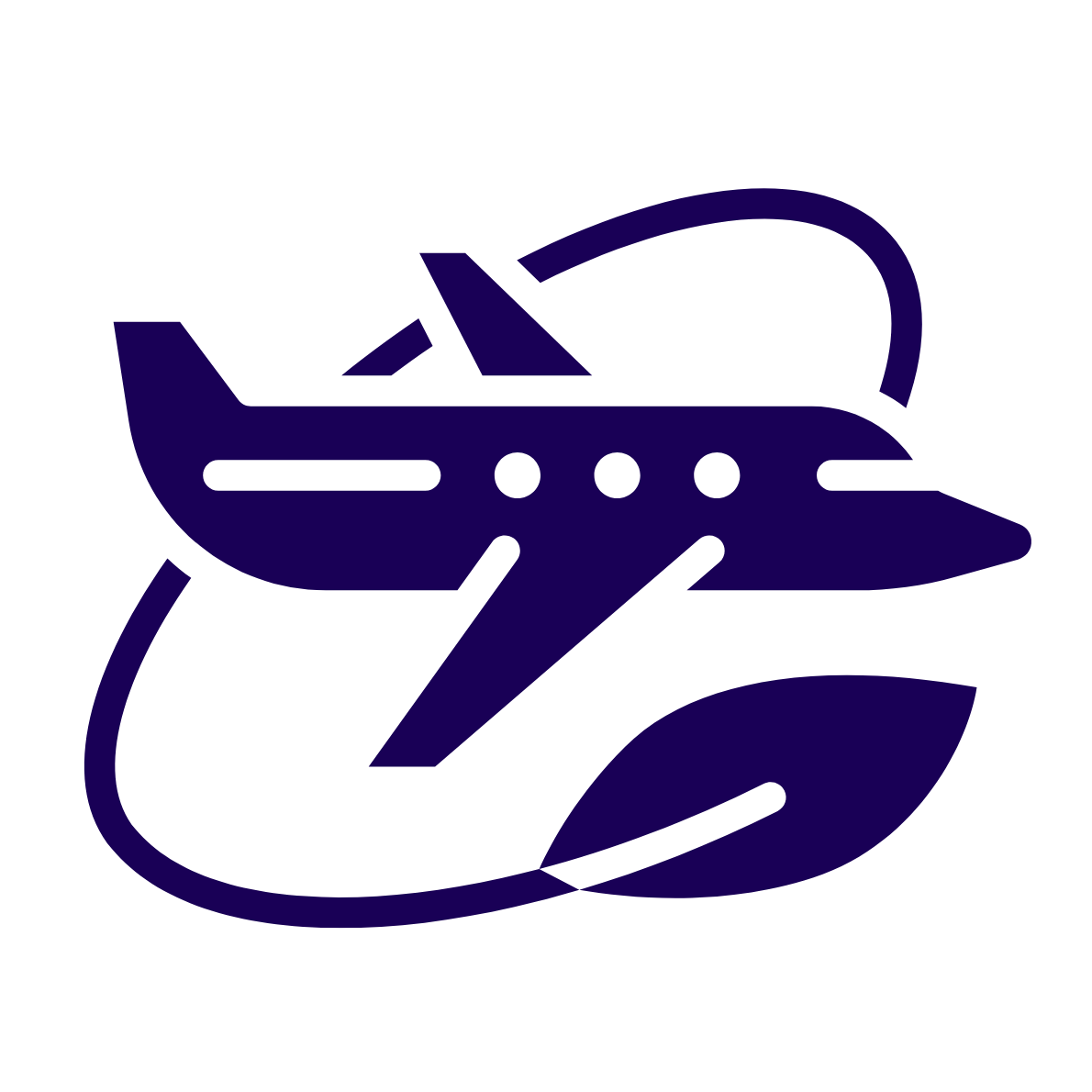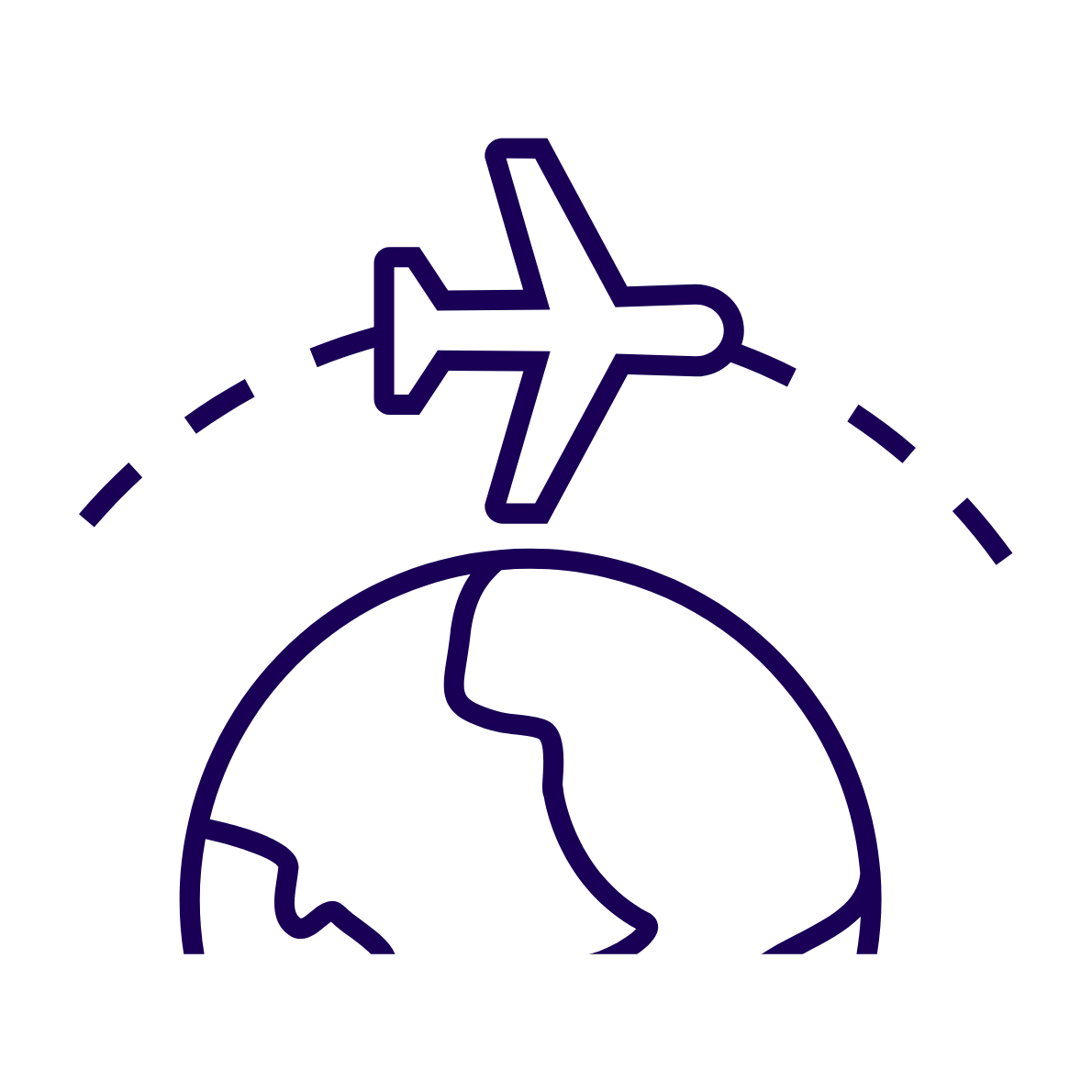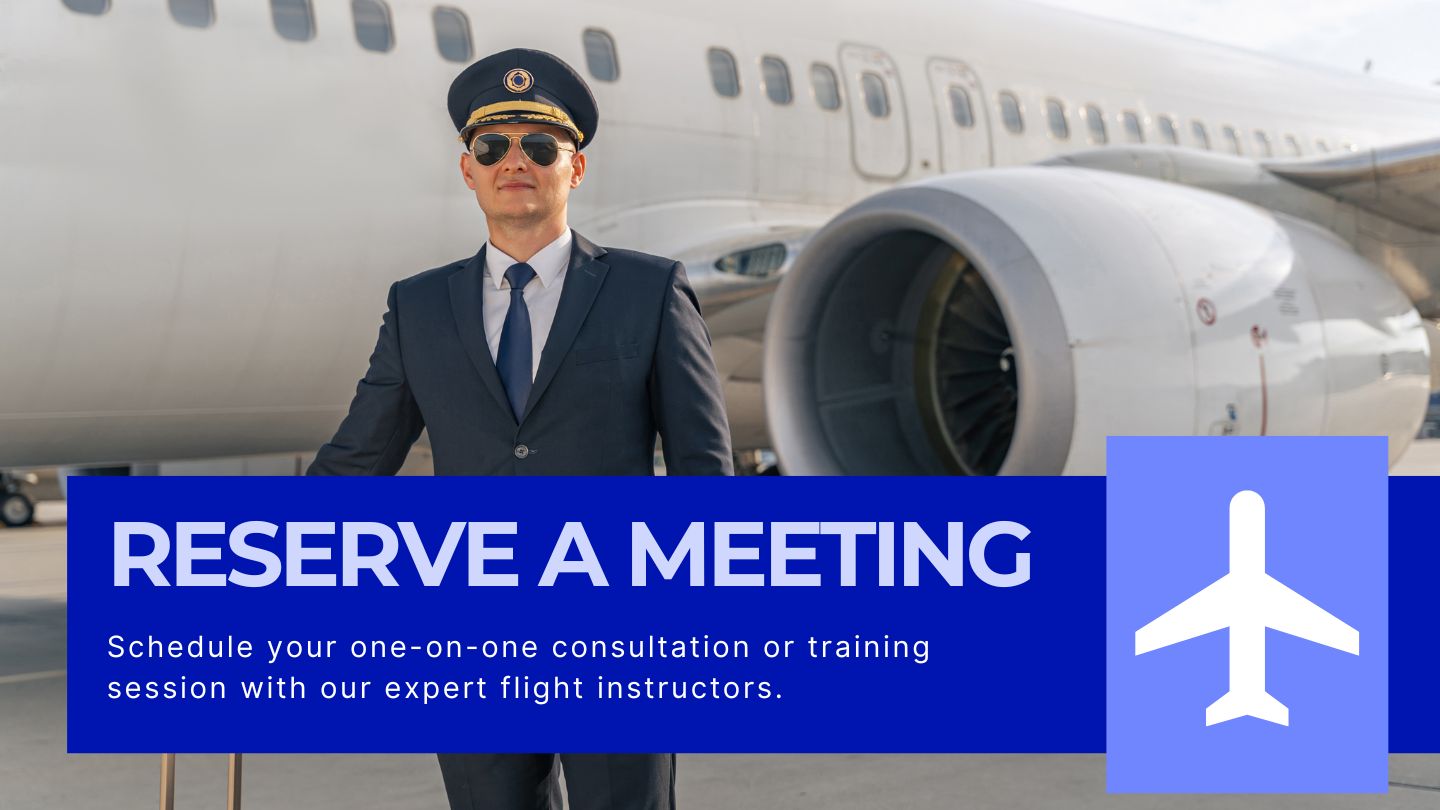.jpg)
Control
Instructor
What Will You Learn?
About This Course
In this lesson, you’ll understand the three primary control surfaces and how each one makes the aircraft turn, climb, or bank.
You’ll see why controls feel firm at high speed but less effective at low speed, and how even small rudder adjustments on the ground keep the airplane steady during takeoff and landing. By the end, you’ll know how pilots stay in command of the aircraft from runway to sky.
You’ll also gain insight into the importance of maintaining a balanced flight and how each control surface contributes to overall stability. Understanding these principles will enhance your ability to navigate various flying conditions with confidence.
Related Courses
Explore newly published courses and stay updated.
Curriculum Overview
This course includes 2 modules, 5 lessons, and 2:00 hours of materials.
In this lesson, you’ll understand the three primary control surfaces and how each one makes the aircraft turn, climb, or bank. You’ll see why controls feel firm at high speed but less effective at low speed, and how even small rudder adjustments on the ground keep the airplane steady during takeoff and landing.
Before you begin the quiz, please write your full name before start the quiz. This helps us know who you are and keep track of your progress.
Course Certificate
.jpg)
Course Specifications
Tags
.jpg)
.png)
.png)






.jpg)
.jpg)
.jpg)
.jpg)
.jpg)
.jpg)
.jpg)
.jpg)
.jpg)
.jpg)
.jpg)
.jpg)
.jpg)
.jpg)




.jpg)
Reply to Comment